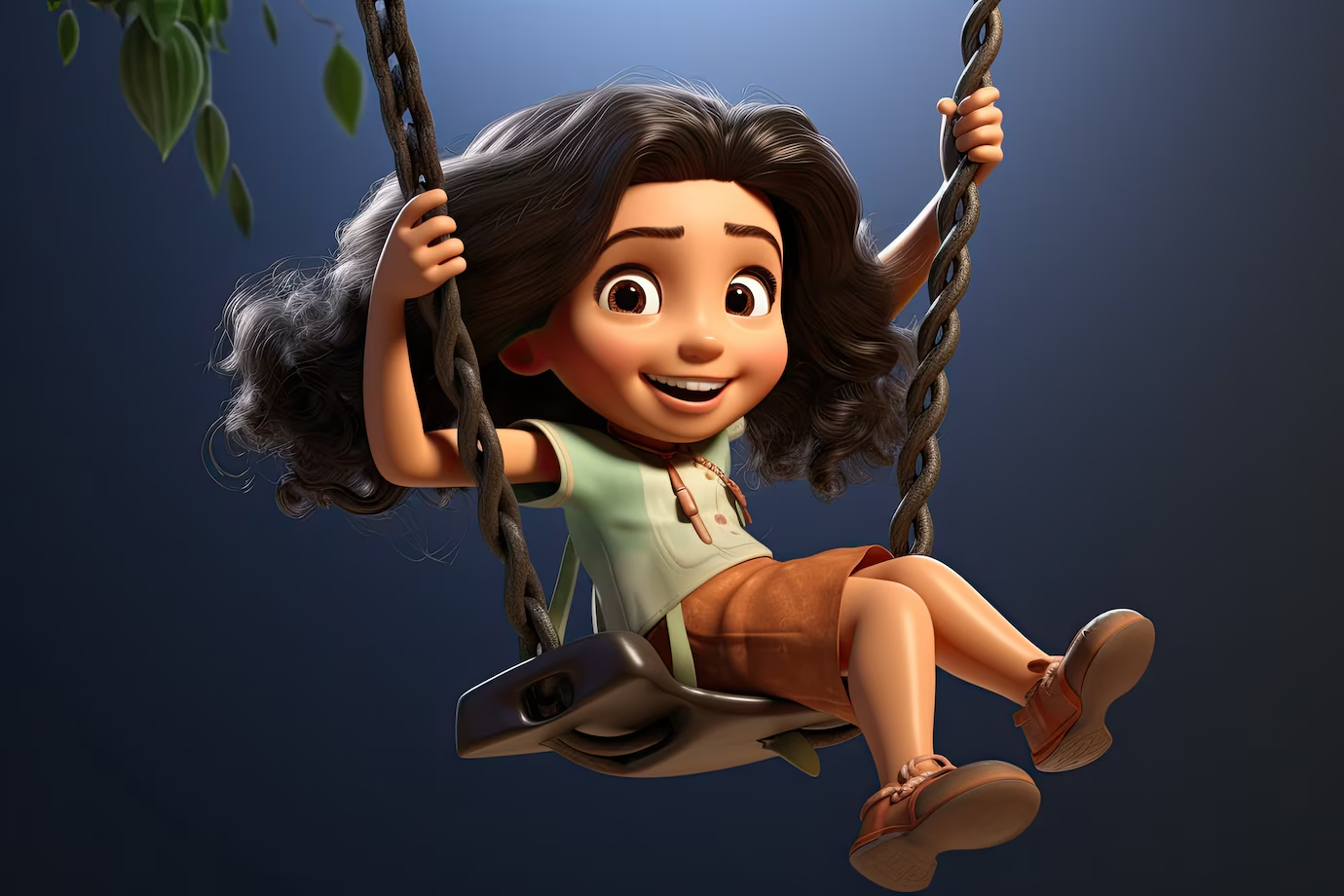In the realm of modern branding and advertising, standing out in a crowded market is more challenging than ever. As brands compete for consumer attention, the use of innovative visual content has become a crucial strategy. Among the most impactful tools in this visual arsenal are 2D and 3D animations, which have revolutionized the way brands communicate with their audiences.
Animations are no longer just a form of entertainment; they are a powerful medium for storytelling, engagement, and brand differentiation. By blending creativity with technology, 2D and 3D animations allow brands to convey complex messages in a simple, visually appealing, and memorable way. Let’s delve into the role of these animations in modern branding and advertising and how they can elevate your marketing efforts.
1. Enhancing Brand Identity and Messaging
2D and 3D animations play a significant role in shaping and enhancing a brand’s identity. Through the use of animated logos, mascots, and characters, brands can create a unique visual identity that resonates with their target audience. Animated elements can embody the brand’s personality, values, and tone, making the brand more relatable and memorable.
For instance, an animated logo can bring a brand’s essence to life in a way that static imagery cannot. The motion and transformation of the logo can symbolize the brand’s dynamism, innovation, or heritage, depending on the design. These animated elements can be used across various platforms, from websites to social media, ensuring a consistent and engaging brand presence.
Moreover, animations are highly effective in conveying complex ideas or messages. Whether it’s explaining how a product works, showcasing a service, or telling a brand story, 2D and 3D animations can break down intricate information into digestible, engaging content. This ability to simplify and visualize complex concepts makes animations particularly valuable in industries like technology, healthcare, and finance.
2. Capturing and Retaining Audience Attention
In today’s fast-paced digital environment, capturing and retaining audience attention is a significant challenge. Traditional static ads or posts can easily get lost in the noise, but animations have the power to stand out and grab viewers’ attention.
The movement, color, and creativity inherent in animations naturally draw the eye. A well-crafted animation can convey a message within seconds, making it an ideal format for ads, social media content, and website banners. The dynamic nature of animations also keeps viewers engaged longer, increasing the likelihood that they will absorb and remember the brand’s message.
Furthermore, animations can be tailored to evoke specific emotions or reactions from the audience. Whether it’s humor, excitement, or empathy, animations can create a strong emotional connection with viewers, which is a key driver of brand loyalty and customer engagement.
3. Driving Engagement and Interaction
One of the standout features of 2D and 3D animations is their ability to drive engagement and interaction. Unlike static content, animations can be interactive, inviting users to click, swipe, or hover to explore more.
Interactive animations are particularly effective in digital advertising and web design. For example, a 3D product animation on an e-commerce site can allow users to rotate and view the product from different angles, providing a more immersive shopping experience. This level of interaction not only enhances user engagement but also increases the chances of conversion.
On social media, animated content tends to receive higher engagement rates compared to static posts. Platforms like Instagram, Facebook, and TikTok are ideal for sharing short, eye-catching animations that encourage likes, shares, and comments. By leveraging animations, brands can increase their visibility and reach a broader audience.
4. Supporting Storytelling and Content Marketing
Storytelling is at the heart of effective branding and content marketing, and animations are a powerful storytelling tool. Both 2D and 3D animations can bring stories to life in ways that resonate with audiences on an emotional and intellectual level.
For example, an animated video can take viewers on a journey, illustrating a brand’s history, mission, or values in a compelling and visually appealing way. This narrative approach helps to build a deeper connection with the audience, fostering trust and loyalty.
Animations are also versatile in terms of content marketing. They can be used in explainer videos, product demos, educational content, and even testimonials. By integrating animations into your content strategy, you can create a diverse range of materials that cater to different stages of the customer journey.
5. Adaptability Across Platforms and Devices
Another key advantage of 2D and 3D animations is their adaptability across various platforms and devices. Whether it’s on a website, mobile app, social media, or digital billboard, animations can be optimized for different formats and screen sizes, ensuring a consistent and high-quality experience for users.
This adaptability is particularly important in today’s multi-device world, where consumers interact with brands across smartphones, tablets, and desktops. By using animations that are responsive and adaptable, brands can deliver a seamless experience that reinforces their message and brand identity, regardless of where the audience encounters it.
Conclusion
In the ever-evolving landscape of branding and advertising, 2D and 3D animations have emerged as indispensable tools for creating engaging, memorable, and effective marketing content. From enhancing brand identity to driving interaction and storytelling, animations offer a versatile and powerful way to connect with audiences in a meaningful way. As technology continues to advance, the possibilities for using animations in branding and advertising will only expand, offering new opportunities for creativity and innovation.

